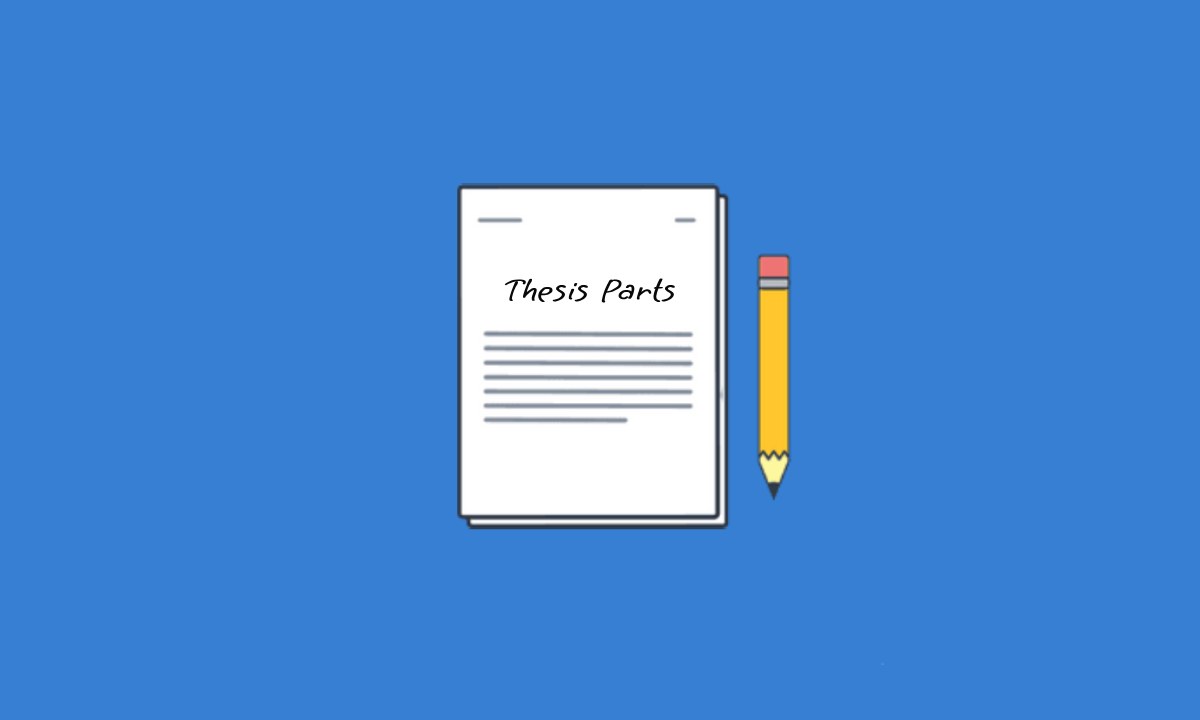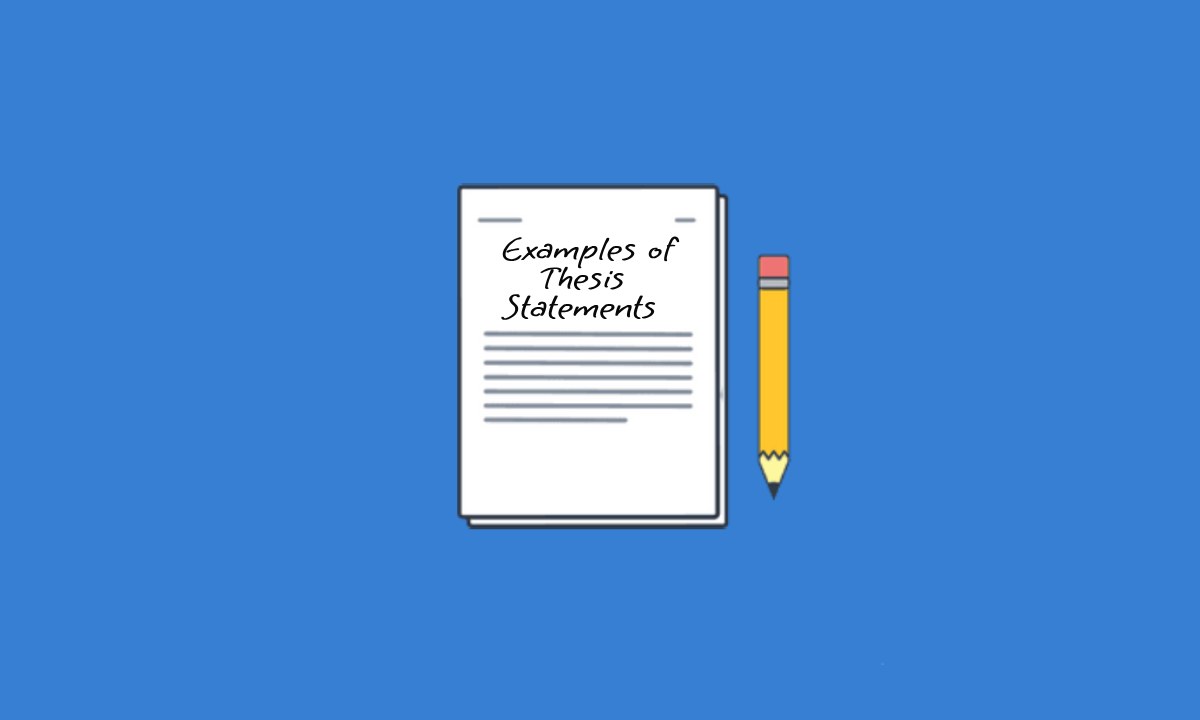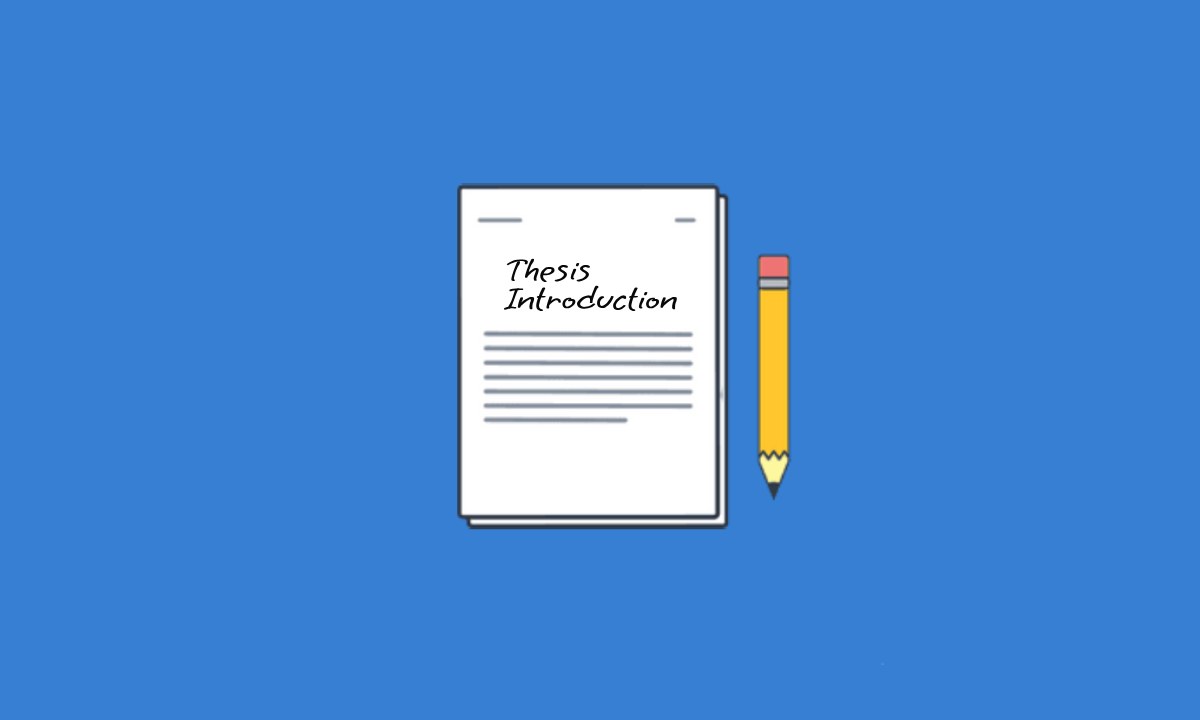What is a thesis?
A thesis is a statement or proposition that a student presents and defends in a written document as part of their academic work, such as a research paper, essay, or dissertation.
What are the parts of a thesis?
The thesis consists of the following 5 parts:
- Preliminary body
- Text
- Conclusions
- Bibliography
- Glossary
The components of a thesis will depend fundamentally on the discipline to which it belongs (biology, literature, languages, engineering, etc.), since each of them suggests different conventions. However, in this guide, we will offer a general outline of it.
Parts of a Thesis:
Preliminary Body
It refers to the pages that precede the text of the work, consisting of:
- Cover
- Qualifications
- Dedication
- Acknowledgments
- Table of contents
- Index of illustrations and tables
- Summary
Cover
It is the first page of the writing, in this place the topic of research is identified; it contains the logo of the University, the name of the institution that endorses the studies, name of the author, or authors; the title of the thesis, titration protocol / purpose of certification, the name of the teacher or guide of the research, place and date. Click to read How to chose thesis topic?
a. Logo and Name of the institution
Place name of the university on the right side of the logo; put the name of the institution in center to which the thesis is put into consideration:
b. Title
The title of the research identifies the type of work that is presented, must faithfully reflect the content of the thesis. It must be clear, concise, and specific, as far as possible, expressly name the main variables or dimensions. The title is written in capital letters so that it is distinguished from the other data on the cover, focusing on the middle higher; to occupy more than one line, leave double space. The title must be continuous, and there should be no cuts, abbreviations, underlines, or quotes. In case of a subtitle, this should further specify the meaning and scope of the study; place it below the title, it is written in lowercase with the exception of the initial letter of the first word and of the proper names.
c. Titling protocol / Titration purpose
It refers to the identification of the type of work presented and mentioned, the degree or title that is intended to be achieved. It is written in the lower middle part, centered and highlighted.
d. Author (s)
Full names and surnames in capital letters of those presenting the work. It is located immediately below the protocol, centered in the middle.
e. Professor or director of research
It refers to the names, complete surnames, and professional title of the professor guide, director or investigator, as the case may be, preceded for the words: “Guide teacher” or the nomination stipulated by each academic unit.
f. Place and date
It refers to the place and date of publication of the thesis. In the first line, you indicate the city and the country, in the second line, the year of publication.
Qualifications
This page is optional, it is located below the cover, includes all the cover data, except the data of the titration protocol. On the right side of the margin, the name of the teacher consigns the signature and / or qualification, expressed in numbers or concepts.
Dedication
Optional page in which the names of persons are mentioned to whom the author of the thesis wants to devote his/her research, it is recommended to avoid the abuse of appointments, in some cases it is advisable to add a thought or phrase, which should be brief and moderate in adjectives, avoiding diminutives.
Acknowledgments
Optional page that is headed by the word: Acknowledgments. Authors of the work mention the people and institutions that contributed and supported the completion of the research. The acknowledgments are written formally, not anecdotally.
Table of contents
Refers to the organized list of the parts that make up the thesis in the order in which they appear inside the work. It includes all such elements as the pages of the preliminary body, the titles of the chapters, parts or sections, which should not exceed 9 levels and supplementary materials or reference. The organization of the table of contents should reflect that of the text, even in a spatial sense. It is necessary that the table of contents be written once the work is finished, so that the different chapters and sub-chapters remain with the final page.
Index of illustrations and tables
This index is optional but it is necessary to list all the illustrations and pictures with the title and respective number, verifying the exact match between the illustration and the corresponding page. The list is located on a new page to continuation of the table of contents.
Summary
The summary determines the relevance of the research and allows the reader to decide if the document is of interest or not. It must give a clear objective, brief account and summary of the content of the work without interpretations, value judgments, or criticisms expressed by the author. The constituent elements of a summary are:
- The formulation of the objective of the work.
- The description of the method or procedure.
- The presentation of the results obtained.
A good summary is brief, concise and informative regarding the content of the thesis. Numerical data may be included, as long as it contributes to the understanding of the content of the document. If the Academic Unit estimates it necessary, the extension of summary is one page maximum.
Text:
The text corresponds to the introduction of the thesis and the body of the work.
Introduction:
The introduction is the clear, brief and precise presentation of the content of the thesis, should not include results or conclusions. It is the first part of the thesis; therefore, you must take special care in the writing and the orthography.
It is important to consider the following aspects:
- The reasons that motivated the choice of topic.
- The foundations that support it.
- The objectives of the work.
- The hypothesis presented.
- The methodology used.
Click Here to Read About Thesis Introduction
Body of the work:
It is constituted by the chapters, sub-chapters, parts or sections that make up the content of the thesis, the problem of research, the theoretical framework, the methodology, the results of the research the discussion of the results.
Within the work, the chapter is the part that indicates the general division of the body of work; the subchapter is the breakdown of the different points of each chapter. It is recommended to follow a logical order in the titles of the chapters and in that provide consistency to the different parts of the work and consider the materials that are mentioned in the introduction.
The illustrations and tables allow you to present and interpret the data and results of the thesis. Under the generic term of tables are grouped tables and other forms of presentation of data, whether statistical, mathematical or otherwise, which will be written in vertical columns and horizontal rows, in correlative order.
If the figure is the graphic representation of data and includes graphs, diagrams, maps, drawings, cartograms, flow charts, etc.
The following rules should be considered:
- Put each illustration in a box.
- Write number on the box, in correlative form according to presentation order.
- Mention each illustration with a title, after the numeration.
- Mention the source of the data in the lower margin of each box in which the illustrations and pictures are framed.
Conclusions:
It is an important part of the thesis where the author makes judgments about his hypothesis, refutes or checks based on a synthesis of the results obtained. The conclusions should reflect the scope and limitations of the study, the recommendations that may be useful to the problem of research, as well as the consequences and determinations that may contribute to the development of knowledge.
Some of the aspects that are suggested to incorporate are:
- Results obtained.
- Testing / refutation of the hypothesis.
- General conclusion.
Contribution to the field or discipline:
The conclusions must have a clear, concrete and direct wording; they are not a summary of the research.
Bibliography
This section contains the bibliographical references of the documents and texts used as support in the research. A bibliographic reference is the set of sufficiently detailed elements that allow the identification of the publications or part of a publication, used in the preparation of a scientific work.
a. Bibliographic citations
It refers to the bibliographical citations that come out of the text. They are located in a correlative number, at the bottom of the page or at the end of each chapter; bibliographic citations help to differentiate between the contribution of the researcher and that of other authors who have dealt with the subject.
b. Aspects to consider for ordering the bibliography.
- Authors are capitalized.
- Authors are ordered alphabetically.
- When there are more bibliographical references of the same author, then they will be sort chronologically by year of publication.
- If there are two or more bibliographic references of the same author published in the same year, they are sorted alphabetically by title and differentiated with the letters a, b, c, etc. after the year, example: 1997a., 1997b.
- If the publication does not have a year, write “without year” in the following manner: [s.a.].
- If the year of publication is uncertain, an approximate date is placed between brackets, for example: [199-]
Each component of a bibliographic reference is separated by point and two spaces.
- Line spacing for an appointment is written in a row and each appointment is separated from the one that follows by two lines.
- Once the references have been arranged alphabetically and chronologically, numbered in ascending order. The text allows reference to the works cited, by the number assigned in parentheses to each of them in the bibliography; optionally you can quote author and year.
- Use the standardized form of the title of the publication in the quotation.
Explanatory notes:
The explanatory notes fulfill the function of informing the reader about the way how the issue is being addressed. They can be incorporated at the bottom of the page or at the end of each chapter.
Glossary:
The purpose of the glossary is to try to homogenise and rationalize the specific terminology used in the thesis and that does not correspond to the common language.



